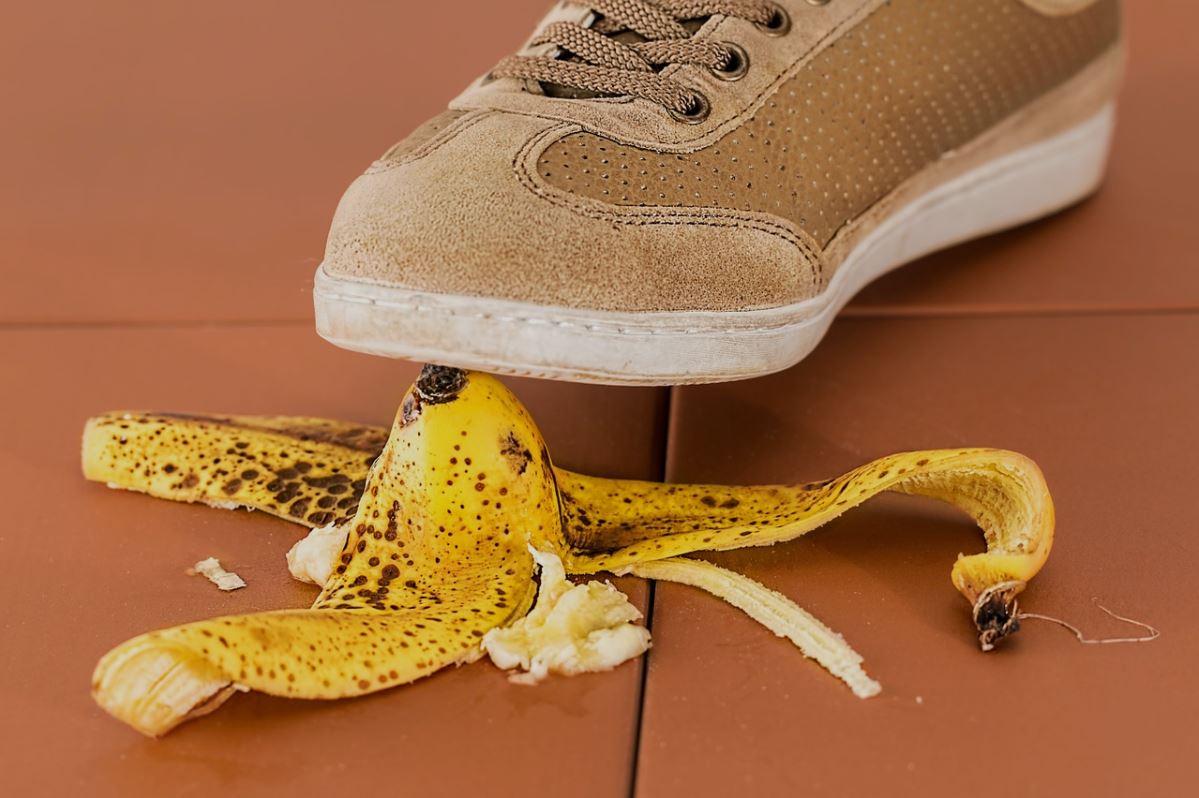
It is an unfortunate fact that millions of at-home injuries take place every year, and many of those accidents are completely preventable. In addition to keeping an eye out for potential hazards in your home, you should also spend some time familiarizing yourself with how those injuries can be treated. While not every mishap can be prevented, you can take the time to learn more about these four common injuries so you will be ready when they happen.
Cuts
Learning how to properly use a knife will greatly reduce one’s risk of an unnecessary laceration in the kitchen. Homeowners should also make sure that all of their knives are sharp and well-maintained. When a cut does occur, you need to pay attention to the size, shape, and location of the injury. If the wound is jagged or won’t stop bleeding after ten minutes, then you need to head to the hospital—sooner if it is bleeding heavily. For smaller cuts, you can cover the area with antibacterial cream and then apply a bandage. Even if the knife is clean, the exposed wound can collect bacteria from the air all on its own, so applying the gel is important to securing your body’s natural barrier.
Burns
Most burns are relatively mild, and they can usually be treated by immersing the skin in cool water and then applying petroleum jelly to the area two or three times a day. Putting aloe gel on it initially helps to draw the heat out of the wound, and afterward can be used with or instead of petroleum jelly to keep the burn moist and soft, reducing the chance of scarring. For wounds over a large area, that are white or black immediately after the incident, or give no pain when touched, go to the emergency room. Large burns may require surgical aid, whereas smaller ones can be covered by synthetic skin bandages with special antibiotic ointments to prevent infection. To lower your risk of a burn, you should lower the temperature of your water heater so that boiling water doesn’t come from your faucet, have your electrical system inspected once every 10 years, and remain cautious whenever you are cooking. You should also store matches, lighters, and combustible products in a locked cabinet if you have children.
Slip and Fall Accidents
The most effective way to prevent slip and fall accidents is to make sure that your floors are as clutter-free as possible. You should also consider putting non-slip mats inside your kitchen and all of your bathrooms. Using non-slip mats will reduce your family’s risk of slip and fall accidents, but those products don’t always work. If a non-slip mat slipped out from under you and you seriously injured yourself, then you can actually contact a personal injury attorney to explore your legal options and get compensation for your injuries. This is the case with any product that doesn’t perform as it should and leads to serious injury. Other ways to prevent slips and falls include wearing shoes or bare feet indoors (socks alone are slippery,) keeping wet floors dry, and using strong handrails on staircases.
Poisonings
Just over two million accidental poisonings take place every year, and this type of mishap can occur at any age. The best way to reduce your family’s risk of accidental poisoning is to put locks on any cabinets that contain toxic cleaning products or medications. You must also make sure that there aren’t any poisonous plants in your home if you have younger children or anyone with dementia living with you. If you or a child consume something dangerously toxic, it may be necessary to induce vomiting, though this should only be done while on the line with an emergency professional. Certain cleaning chemicals, while harmless alone, can create toxic fumes when mixed. Before combining any cleaning solutions, including things like baking soda and vinegar, with one another, take the time to look up whether or not this is a dangerous combination.
While a serious injury will require a trip to the hospital, most minor scrapes and bruises can easily be treated with a first-aid kit. The first-aid kit inside your home should contain a few basic products and supplies such as bandages, a first-aid manual, antiseptic wipes, painkillers, tweezers, an oral thermometer, and hydrocortisone ointment packets. Also be sure to assemble the numbers of essential emergency personnel that you can call, including poison control, an emergency nurse line, and emergency household services like plumbing and electricians.

